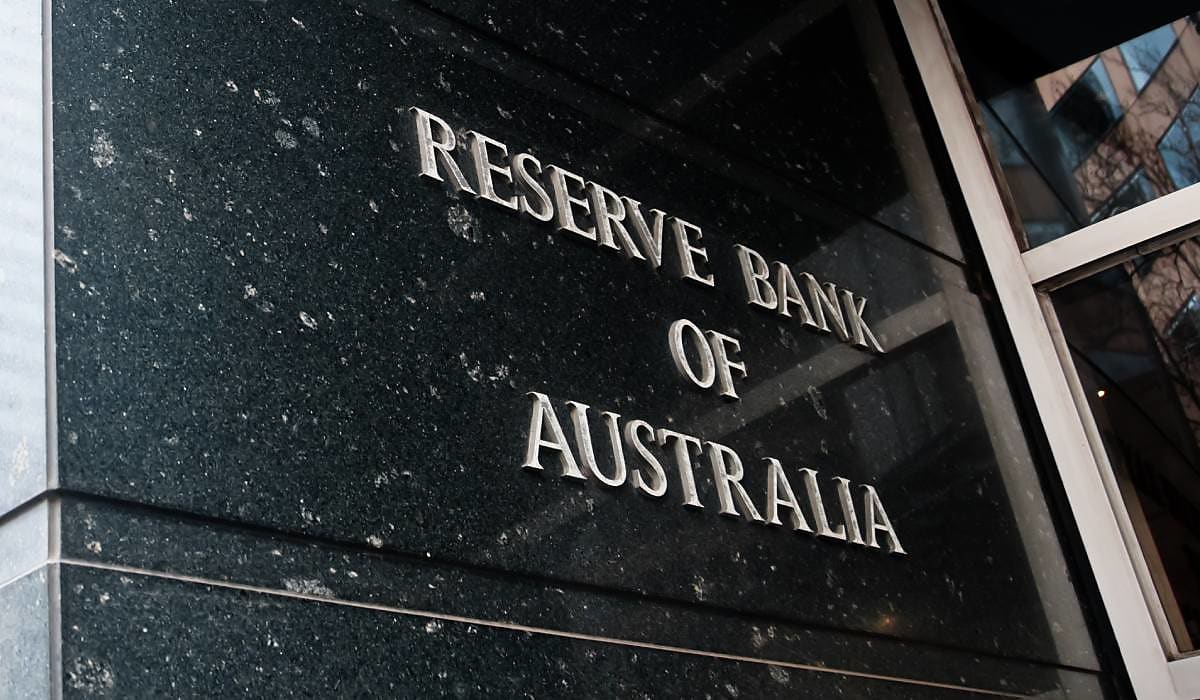How could property prices perform under a 14th rate rise?
Home prices bounced back over 13 rate rises to reach new highs in 2024 – but would another one trigger a change to the current trend?

The consumer price index data for May 2024 showed that inflation remains stubbornly high, coming in at 4.4 per cent for the month, triggering talk of another rate rise from the Reserve Bank of Australia (RBA).
CoreLogic’s head of research, Eliza Owen, noted that another rise is far from certain, but acknowledged that the RBA had expressed “extremely low tolerance for any further uplift in inflation”.
Were the bank to move forward with a rate increase, Owen said that market demand had the potential to falter, and indeed that cracks had already started to appear.
“Despite resilience in the headline numbers, there are some suggestions that demand is already weakening. National home values were up 1.8 per cent in the June quarter, but this has slowed from a 3.3 per cent rise this time last year, when the market was rising off a lower base,” Owen commented.
CoreLogic insight indicated that buyer demand is presently skewed to cheaper markets, with Perth now one of the primary markets driving growth in the major capitals. In June, for example, the firm saw 32.4 per cent of the 0.7 per cent uplift in CoreLogic’s capital city home value index to the Western Australian capital.
Because of the buyer pool where interest is currently concentrated, Owen noted that further pressure on household budgets had the potential to make buyers bow out of the process.
“Another 25 basis point rise in the cash rate in August, all else being equal, would take monthly repayments on the current median dwelling value to over $4,000 per month. Not only is this further out of reach for prospective buyers, it would likely also represent a further blowout in the premium of holding a mortgage relative to renting,” she said.
The growth of that premium generally translates to weaker demand for purchasing relative to renting, even in the present economic reality with rent growth still sitting well above average.
The difference between the median dwelling value mortgage payment and the median rent value estimate in Australia came in at $1,172 in June. Assuming rents and housing values were steady in August, a further 25 basis point increase in average variable mortgage rates would push the mortgage premium to $1,276, further incentivising some renters to hold off.
Owen underscored, however, that “none of the four major banks are anticipating another rate rise just yet”.
But even without another rate rise, she said that vendors and the real estate industry should prepare for changing market conditions ahead.
“Even if rates do not increase further, housing purchases are expected to slow as economic conditions become weaker and affordability constraints play out. Labour force conditions are clearly starting to unwind, as job vacancies drop, employment growth slows and the unemployment rate rises lifts, which will limit new demand, and possibly weaken mortgage serviceability if mortgage holders become unemployed or work less hours.”

